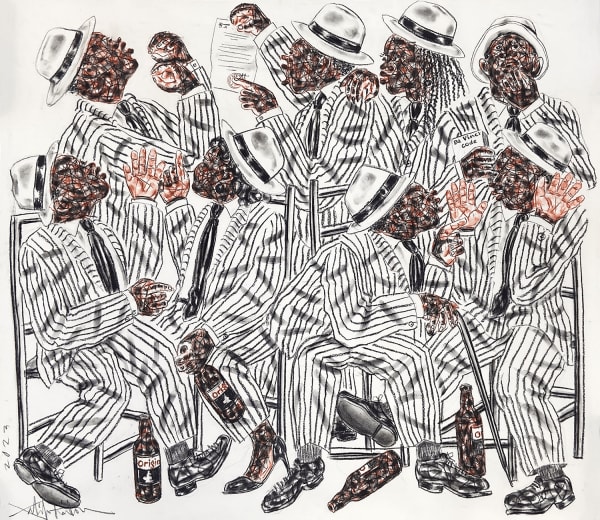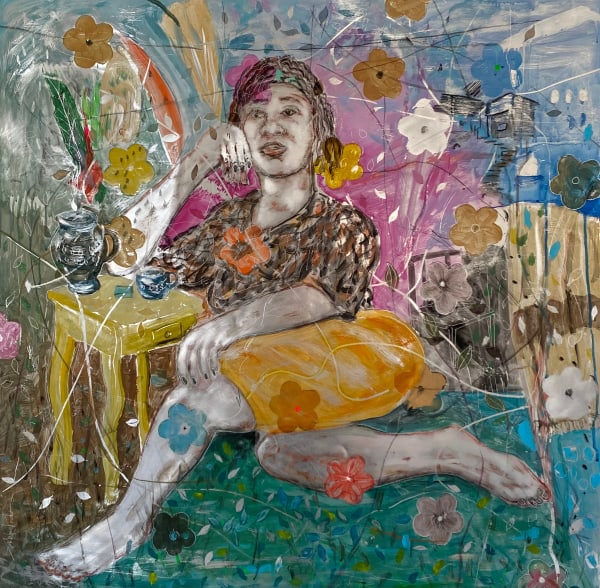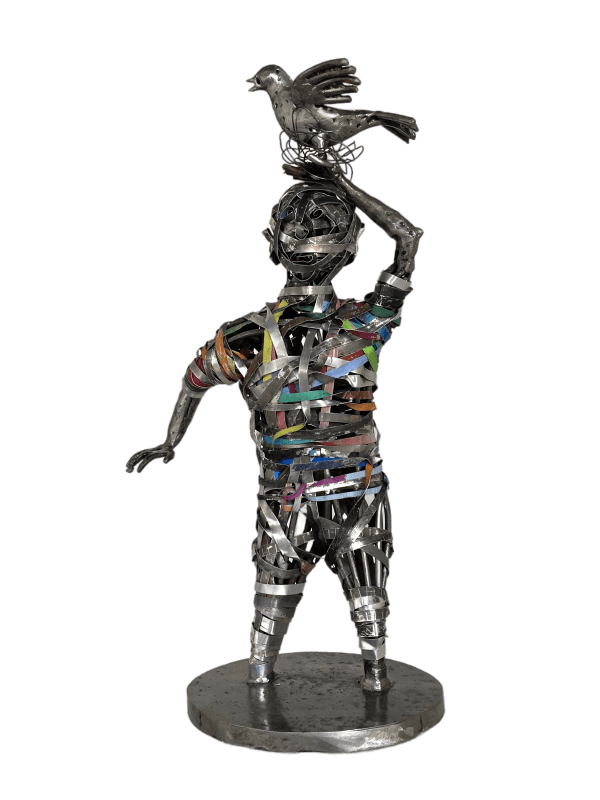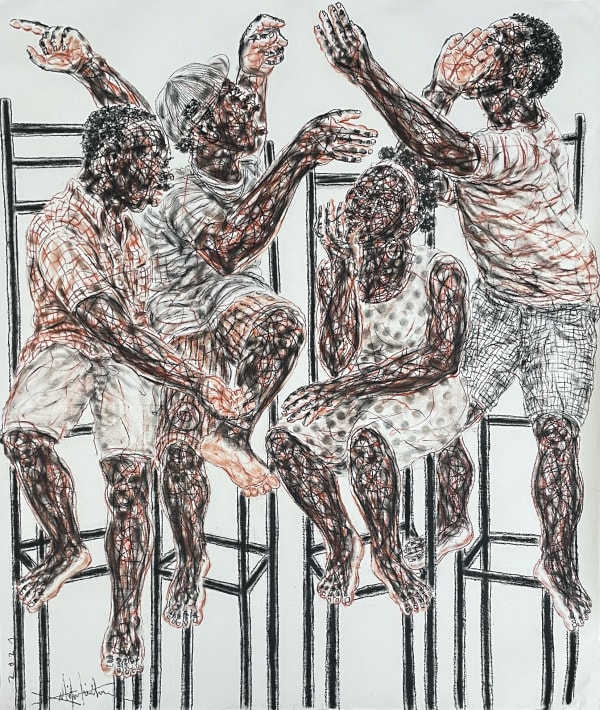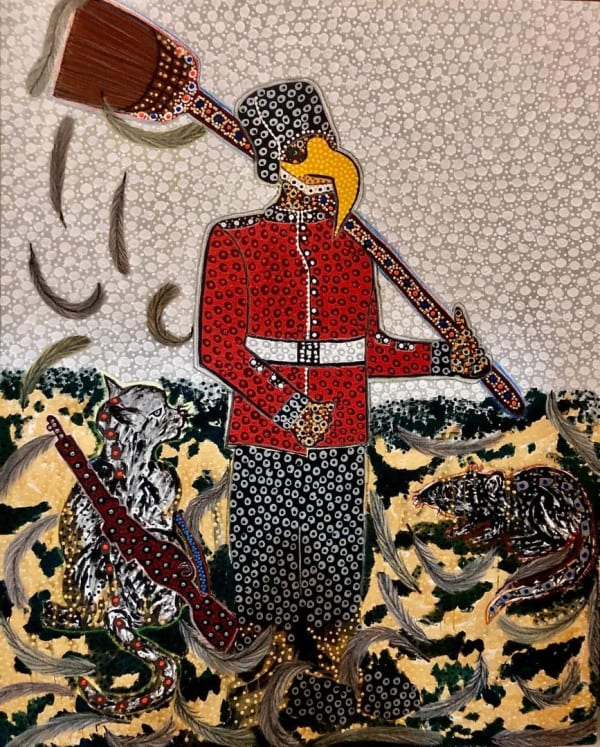Salifou Lindou
-
 Politiciens 65, 2024
Politiciens 65, 2024 -
 Politiciens 33, 2021
Politiciens 33, 2021 -
 Politiciens 63, 2023
Politiciens 63, 2023 -
 Politiciens 67, 2023
Politiciens 67, 2023 -
 Politiciens #22, 2021
Politiciens #22, 2021 -
 Politiciens 52, 2022
Politiciens 52, 2022 -
 La pose, 2023
La pose, 2023 -
 L’étreinte , 2023
L’étreinte , 2023 -
 Le temps d’un thé , 2023
Le temps d’un thé , 2023 -
 Me mbié ne kié me tui, 2023
Me mbié ne kié me tui, 2023 -
 La dame au wax, 2023
La dame au wax, 2023 -
 Ngâtum , 2023
Ngâtum , 2023 -
 Tariq et Alamine à l'atelier , 2023
Tariq et Alamine à l'atelier , 2023 -
 L'exode et la famille 7, 2022
L'exode et la famille 7, 2022 -
 La course 3, 2023
La course 3, 2023 -
 Les Politiciens, 2021
Les Politiciens, 2021 -
 Les pronostiqueurs, 2022
Les pronostiqueurs, 2022 -
 Politiciens et sans emploi, 2022
Politiciens et sans emploi, 2022 -
 Social Game 6, 2023
Social Game 6, 2023 -
 La pose, 2023
La pose, 2023 -
 Social Game 1, 2022
Social Game 1, 2022 -
 Sans Titre 2, 2023
Sans Titre 2, 2023 -
 Collines de l'espoir 2, 2023
Collines de l'espoir 2, 2023 -
 Sans Titre, 2022
Sans Titre, 2022 -
 Combattant 1, 2021
Combattant 1, 2021 -
 Boxeur noir 1, 2022
Boxeur noir 1, 2022 -
 Combattant 4, 2021
Combattant 4, 2021 -
 Bergère #3, 2020
Bergère #3, 2020 -
 Untitled (Sketchbook P.27), 2017
Untitled (Sketchbook P.27), 2017 -
 Mère et ses filles, 2019
Mère et ses filles, 2019 -
 Mère et fille , 2019
Mère et fille , 2019 -
 Le ton, 2021
Le ton, 2021 -
 Jeunes garçons dans la rue, 2019
Jeunes garçons dans la rue, 2019
-

Les collines de l'espoir
Salifou Lindou 21 Mar - 27 Apr 2024Salifou Lindou's project "Les collines de l'espoir" create a dialogue between pastel on paper and works with soil on canvas.Read more -

Ce que nous donne la terre
Group Show 6 Jul - 23 Sep 2023The group show Ce que nous donne la terre (What the Earth Gives Us) is a call to pay attention to our environment, its mutations and the depletion of its resources.Read more -

Dans le bruit de la ville
Salifou Lindou 25 May - 20 Jun 2023Dans le bruit de la ville is Salifou Lindou's solo show in Paris gathering works on metal sheet, canvas and paper as well as installations.Read more -

Classique!
Group show 16 Jul - 17 Sep 2022We are thrilled to announce the opening of our new Parisian space located at 7 rue Notre-Dame-de-Nazareth, 75003 Paris. The inaugural exhibition Classique! - featuring works by - Moustapha Baidi Oumarou, Matthew Eguavoen, Salifou Lindou, Omar Mahfoudi, Richard Mensah, Ousmane Niang, Jean David Nkot, Nana Yaw Oduro, Hyacinthe Ouattara, Daniel Pengrapher and Marc Posso - it will take place from July 16th to September 17th.Read more -

Ligne de départ
Salifou Lindou 26 Feb - 29 Mar 2022The concept of ligne de départ (line of departure) is used in ballistics to describe the trajectory according to which a bullet follows. Thus, it is under this title that...Read more -

Résiste
Sejiroh Avoseh & Salifou Lindou 13 Feb - 23 Mar 2021FROM THE LATIN WORD 'RESISTERE: TO MAKE A STAND AGAINST', THE EXHIBITION 'RÉSISTE' SHOWCASES WORKS BY SEJIRO AVOSEH AND SALIFOU LINDOU. The dynamic stroke of Salifou Lindou reveals the inside...Read more
-

1-54 New York
New York | USA 1 - 5 May 2024AFIKARIS is pleased to take part in the 1-54 New York art fair for the third time. This year, the gallery with showcase works by Salifou Lindou, Jean David Nkot, Eva Obodo and Hervé Yamguen.Read more -
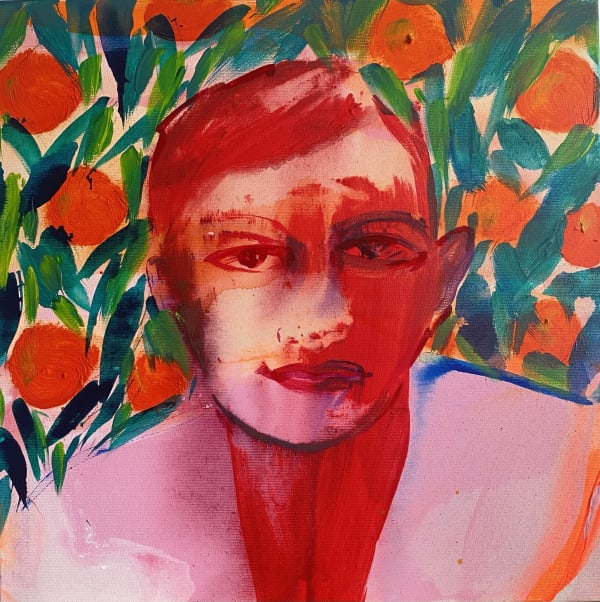
Art Brussels
Brussels | Belgium 25 - 28 Apr 2024For its second participation in Art Brussels, AFIKARIS Gallery presents a selection of painted photographs and watercolor on paper by Saïdou Dicko, Omar Mahfoudi's liquid inks on paper and canvas, Hervé Yamguen’s bronze sculptures, Ozioma Onuzulike’s wall tapestries in clay and Salifou Lindou’s pastel on paper. The presentation thus testifies to the diversity of contemporary art practices. A focus on drawing and small-size works is unveiled in an intimate presentation in the heart of the booth, unfolding as a drawing cabinet.Read more -
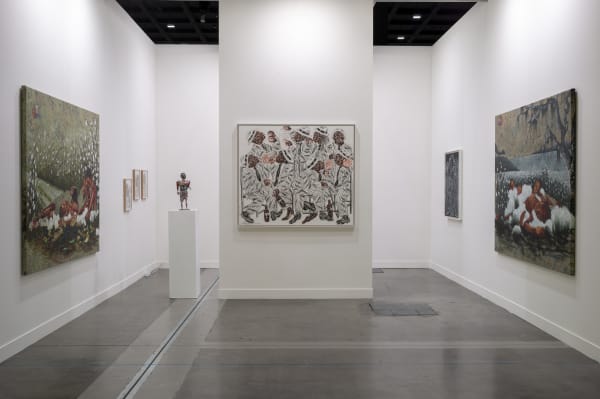
Miart
Milan | Italy 12 - 14 Apr 2024For its very first participation in Miart, AFIKARIS presents works by Jean David Nkot and Salifou Lindou. Salifou Lindou's pieces mirror his ongoing institutional solo show at Ettore Rico Museum in Italy.Read more -
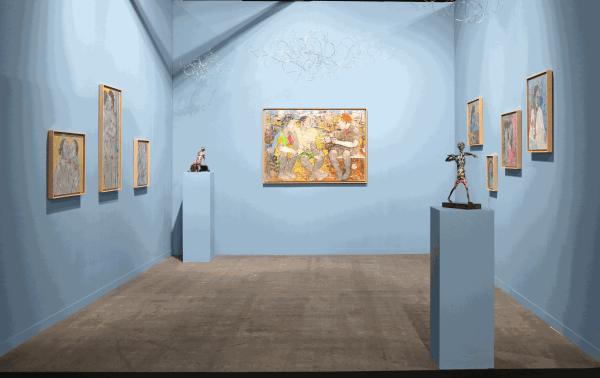
artgenève
Geneva | Switzerland 25 - 28 Jan 2024EXHIBITING ARTISTS SOLO SHOW | Booth D27 Salifou Lindou GROUP SHOW | Booth D29 Saïdou Dicko Ozioma Onuzulike Mouhcine Rahaoui Hervé YamguenRead more
-
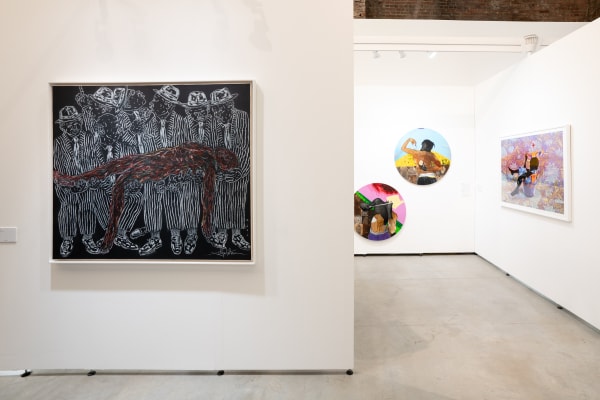
1-54 New York
New York | USA 18 - 21 May 2023EXHIBITING ARTISTS: Saïdou Dicko Salifou Lindou Mallory Lowe Mpoka Emma OdumadeRead more -

Art Brussels
Brussels | Belgium 20 - 23 Apr 2023Exhibiting artists Nasreddine Bennacer Saïdou Dicko Omar Mahfoudi Ousmane Niang Jean David Nkot Ozioma Onuzulike TemandrotaRead more -

Drawing Now
Paris | France 23 - 26 Mar 2023For their first participation in the Drawing Now art fair in Paris, starting on March 23 and running until Sunday 26 March, AFIKARIS is pleased to highlight in a solo presentation Salifou Lindou, an emblematic artist of the Cameroonian art scene.Read more -

1-54 London
London | UK 13 - 16 Oct 2022EXHIBITING ARTISTS: Ozioma Onuzulike Salifou Lindou Omar MahfoudiRead more
-
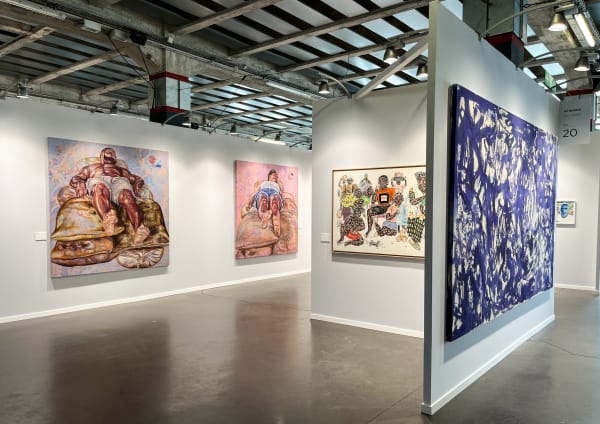
BAD+
Bordeaux | France 7 - 10 Jul 2022EXHIBITING ARTISTS: Moustapha Baidi Oumarou Saïdou Dicko Salifou Lindou Jean David Nkot Hyacinthe Ouattara Omar MahfoudiRead more -
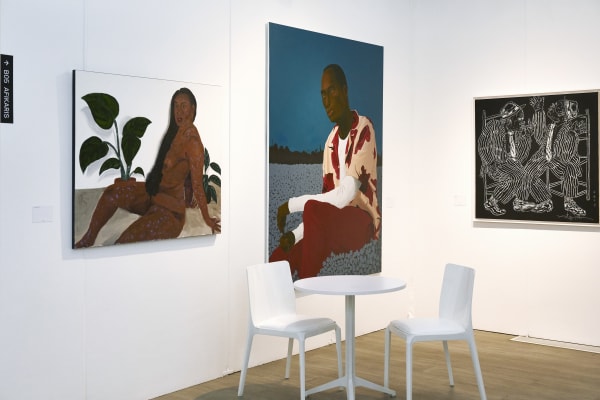
1-54 New York
NYC | USA 19 - 22 May 2022EXHIBITING ARTISTS: Salifou Lindou Moustapha Baidi Oumarou Cristiano Mangovo Jean David Nkot Crystal Yayra Anthony Boluwatife OyediranRead more -

1-54 Paris
Paris | France 7 - 10 Apr 2022EXHIBITING ARTISTS: Salifou Lindou Omar Mahfoudi Moustapha Baidi Oumarou Jean David Nkot Matthew EguavoenRead more -
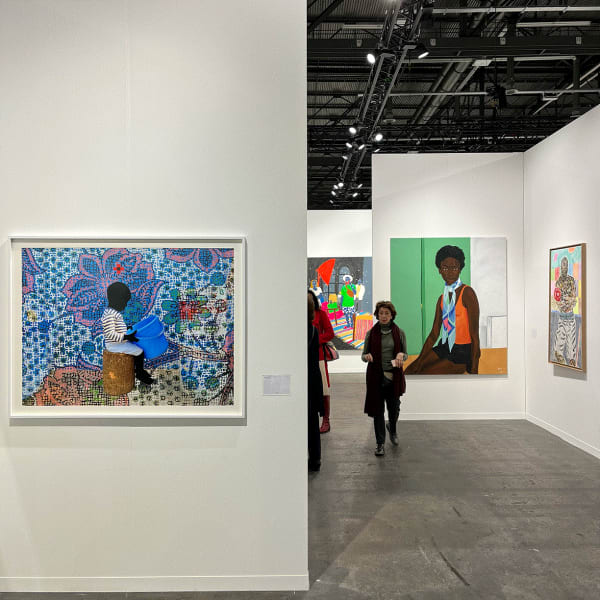
Artgenève
Geneva | Switzerland 3 - 6 Mar 2022EXHIBITING ARTISTS: Matthew Eguavoen Moustapha Baidi Oumarou Omar Mahfoudi Saïdou Dicko Salifou LindouRead more
-
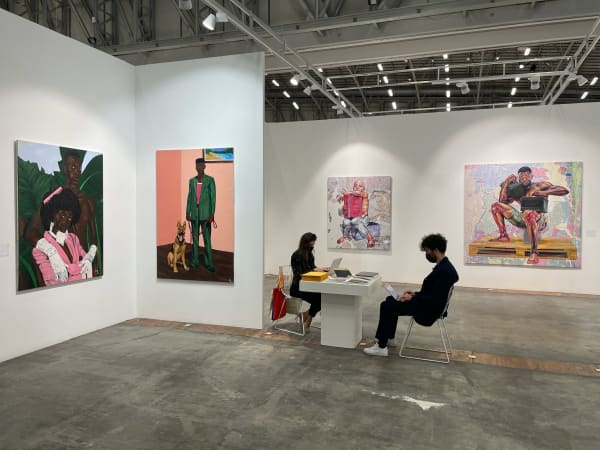
Investec Cape Town
Cape Town | South Africa 18 - 20 Feb 2022EXHIBITING ARTISTS: Salifou Lindou Jean David Nkot Crystal Yayra Anthony Matthew Eguavoen Ousmane NiangRead more -
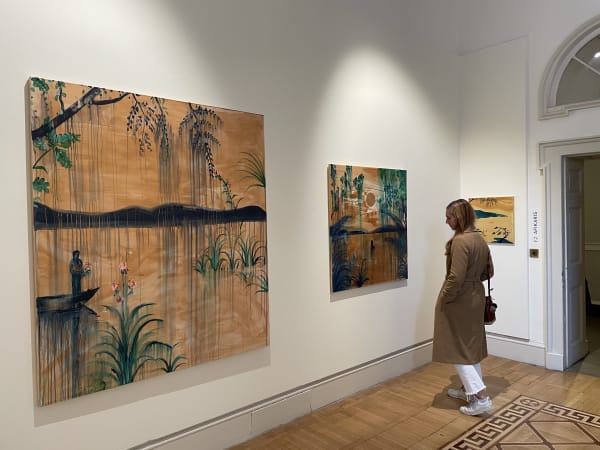
1-54 London
London | UK 14 - 17 Oct 2021EXHIBITING ARTISTS: Moustapha Baidi Oumarou Salifou Lindou Omar Mahfoudi Nana Yaw OduroRead more -
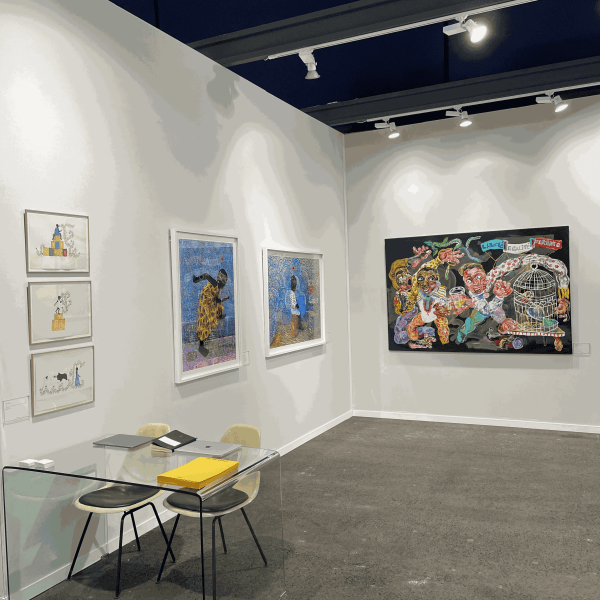
Art Paris
Paris | France 9 - 12 Sep 2021EXHIBITING ARTISTS: Salifou Lindou Saïdou Dicko Cristiano MangovoRead more -
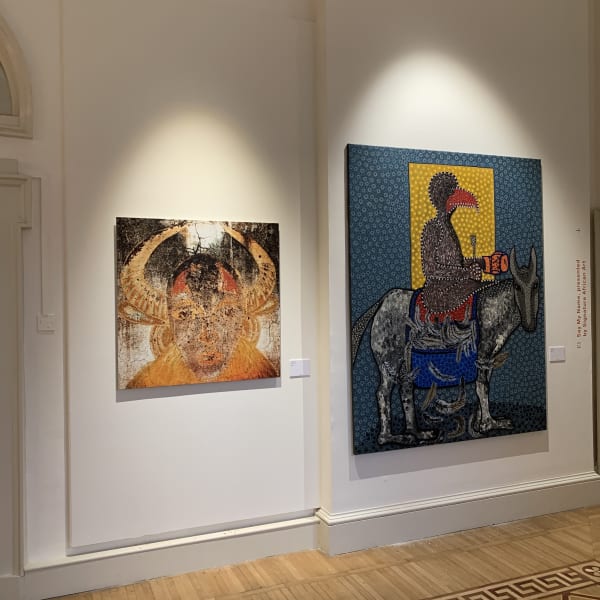
1-54 London
London | UK 8 - 10 Oct 2020EXHIBITING ARTISTS : Moustapha Baidi Oumarou Ousmane Niang Nyaba Ouedraogo Salifou Lindou From October 8th to 10th, we are glad to showcase works by Moustapha...Read more
-
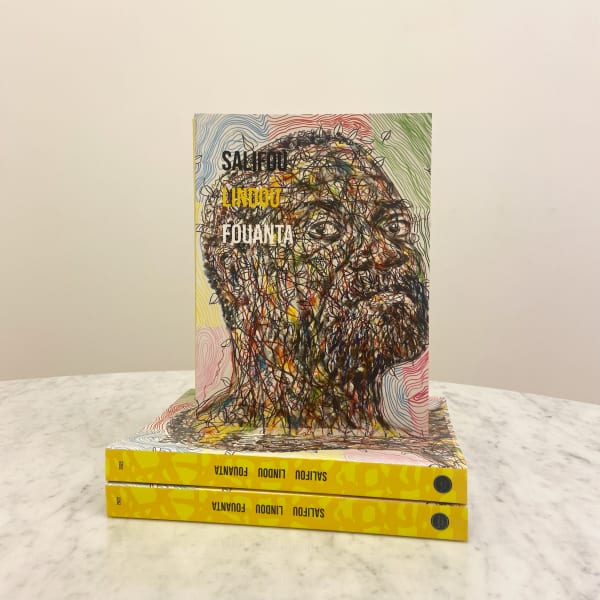
Salifou Lindou
SAVE With texts by Fabiola Ecot Ayissi, Gabriella Badjeck, Dr Ruth Afane Belinga, Dr Sivia Forni, Vanina Kape, Aude Christel Mgba, Juste Constant Onana Amougoui, Dr Paul-Henri Souvenir Assako Assako, Yves Xavier Ndounda Ndongo, 2022Softcover, 223 pagesRead more
Publisher: Les Ateliers Lindou
ISBN: 979-10-699-8853-8
Dimensions: 23,5x17cm -
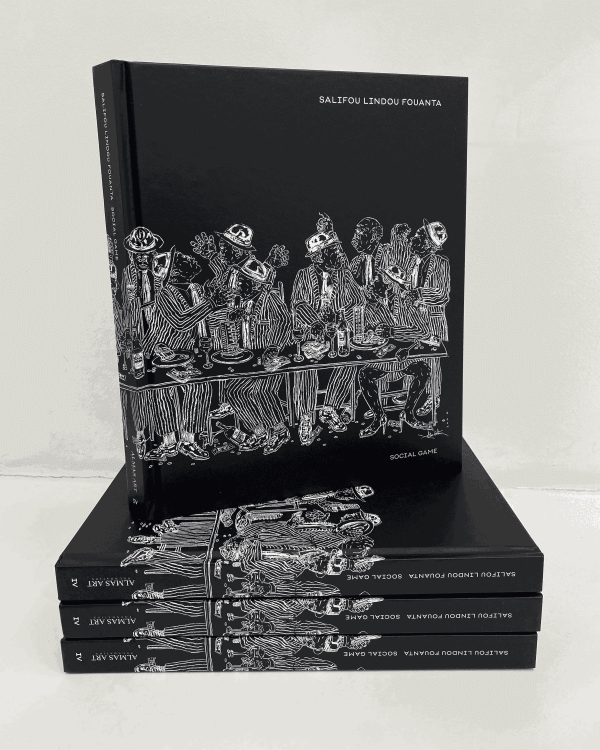
Salifou Lindou
Social Game Dr Ruth Afane Belinga, Dr Patrice Fouman, 2023Hardback, 208 pagesRead more
Publisher: Almas Art Foundation
ISBN: 978-1-7394063-1-8
Dimensions: 27x22 cm -

Salifou Lindou
Andrea Busto, Michaëla Hadji Minaglou, Pascale Marthine Tayou, 2024Hardback, 111 pagesRead more
Publisher: Museo Ettore Fico
Dimensions: 30x23,5 cm
On the occasion of Salifou Lindou's solo show Dans le bruit de la ville held at the gallery (25 May – 20 June 2023), the artist has been asked a few questions about his inspirations and the genesis of this exhibition.
In your solo show Dans le bruit de la ville, you return to your early practice of composing works from recycled objects such as sheet metal. Why did you feel the need to rework this material?
Yes, around 30 years ago, I started working with sheet metal because the city was modernizing and there was a kind of transformation due to the way advertising was done in the city. It was the advent of big billboards at crossroads. What really caught my attention was the anarchy, the haphazard placement of billboards, which was really brutal for the inhabitants, and me in particular. The disorder - that is, putting up signs and cluttering up not only the view but also the situation. Advertising was a good thing, it brought color to the city, but there was still a certain ambiguity that appealed to me, that of the urban disorder that was taking hold.
That’s why, even in my painting, there was a desire to express myself on urbanity, and so by working a lot with materials, by making a lot of collages, I was seduced by sheet metal. Like everyone else, I was drawn to it because sheet metal is a very common material in African cities; it’s the easiest and cheapest way of roofing houses, especially in working-class neighborhoods. And so, for me, it was an accessible material, because sheet metal that has aged can be changed at any time.
In my artistic approach, there was something that fascinated me about ancient African sculpture: the aged aspect. This was done on purpose by the artists or craftsmen of the time, but you could also see that the wear and tear of time was at work. The craftsmen were motivated by the desire to make the sculpture strong, powerful and worthy of its intended purpose. Aesthetics played a part in building the strength they wanted, and so they used tricks to age the object.
This is the aspect that often appeals to me in ancient works of art, and the aged aspect of metal really spoke to me. The lived-in aspect of metal is fascinating, because it has rubbed shoulders with people, been manipulated by people, transformed by erosion, the sun, even the kitchen fire. This made sheet metal quite interesting for me in my artistic practice and especially in my plastic art.

